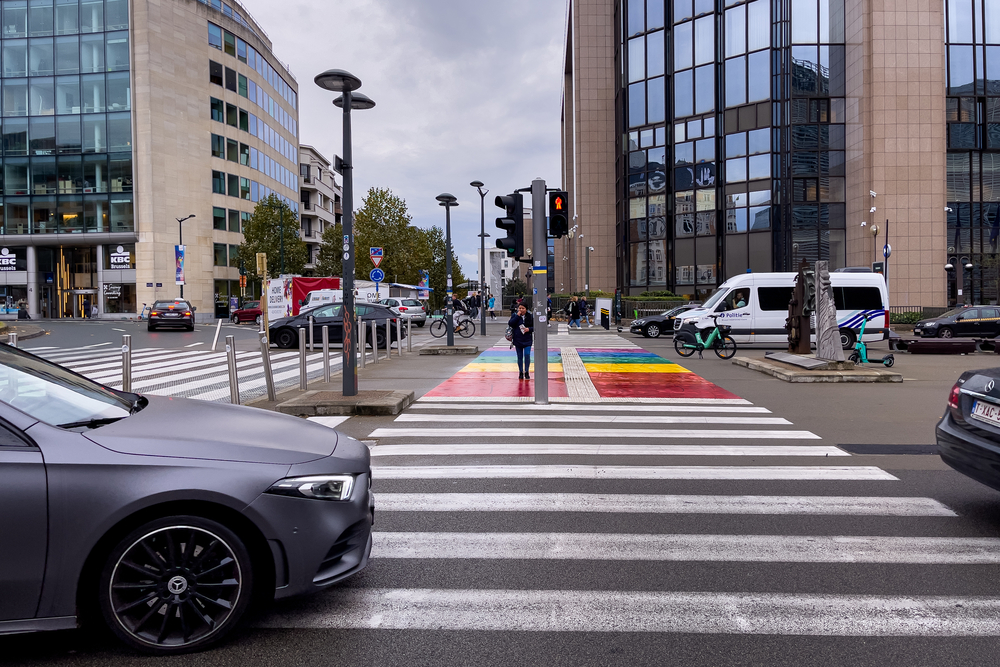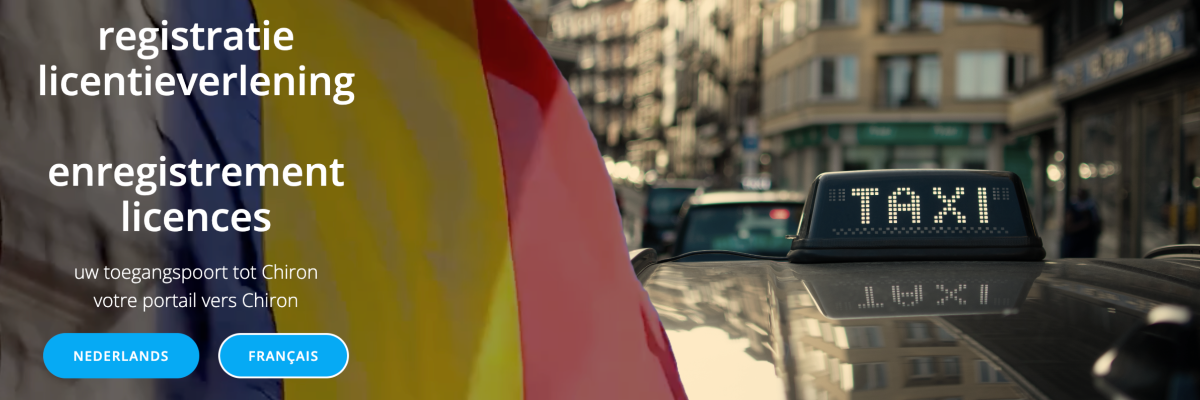The idea is simple, but powerful. Some are concerned about road safety, others think that the focus on the LGBTQI+ community has had enough.
In addition to hanging the rainbow flag and distributing posters, one intersection was also permanently equipped with LGBTQ traffic lights in Hemiksem. The municipality launched a first on the occasion of the International Day against Homophobia and Transphobia, but according to a number of social media users, the LGBTQI + traffic lights at an intersection in the municipality illegal and in violation of traffic laws. The Belgian Institute for Road Safety (VIAS) has also confirmed this to the media. According to The Latest News, the initiative comes from ships Kris Verbeeck (CD&V).
The idea is simple, but powerful. Replacing the traditional male and female pictograms on pedestrian traffic lights with pictograms that reflect different gender identities and sexual orientations. The emergence of LGBTQ traffic lights is a sign of the continued evolution of our society and a step towards a world where everyone feels free and safe to be themselves.

The Agency for Roads and Traffic (AWV) wants to build and maintain one rainbow zebra crossing in every municipality or city in Flanders, if the local government requests it. The AWV will also do this itself responsible for the costs, Flemish Minister of Mobility Lydia Peeters (Open VLD) announced earlier.
It is a small but symbolic gesture that gives visibility and recognition to the LGBTQ community in the public space.
The concept of LGBTQ traffic lights arose from the need to make public spaces more inclusive and representative of the diversity in society. The idea is simple, but powerful: replacing the traditional male and female pictograms on pedestrian traffic lights with pictograms that reflect different gender identities and sexual orientations.
The first known use of LGBTQ traffic lights was in Vienna, Austria, in 2015. The city introduced these traffic lights as part of a wider campaign in preparation for the Eurovision Song Contest and Europride (an annual event aimed at promoting the rights of the LGBTQ community).
The new traffic lights featured same-sex couples and single figures with a heart shape, representing different types of relationships and expressions of love. This initiative was well received by locals and visitors alike, and other cities soon began to adopt the idea.


